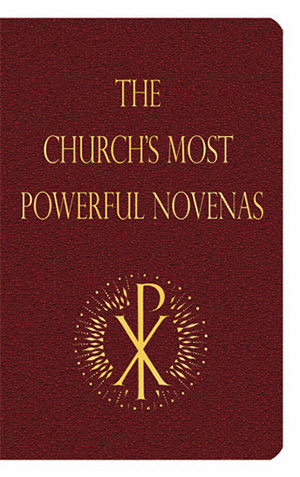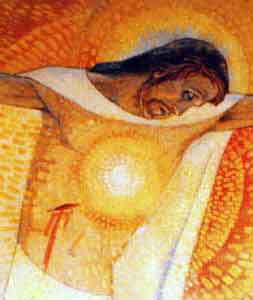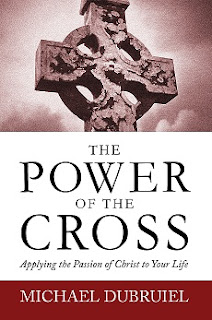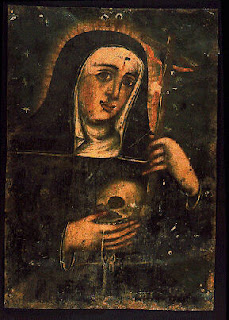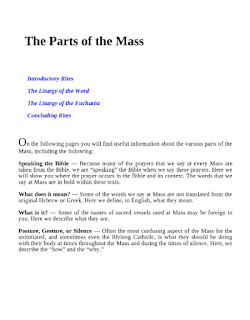Here is part 3b of a series that Michael Dubruiel wrote entitled 73 Steps to Spiritual Communion with God. These steps are drawn from Saint Benedict's Rule, the reflections are his own. Originally published in 2003.
The Third Step of the 73 by Michael Dubruiel
3. Then, not to kill...
This counsel follows after the first two; love God and love your neighbor. Now we are told not to kill. God is the source of all life and the Scriptures make it clear from the first pages of Genesis that to take back the spirit of Life is the domain of God and that blood spilt cries out to heaven.
It is also clear that in the first pages of Genesis that our neighbor is not only the people that surround us but every being in creation. We should respect all of creation in the same manner.
The hippie who allowed the fly to live on that vacation day in New Hampshire does not remain in my memory as some nut but rather as a prototype of a holy man who understands this fundamental truth. If you and I want to grow in holiness then we must reverence the life force that God has placed in all of creation.
“Not to kill” also extends beyond physical murder. We are to be a life force in God’s creation. Building up rather than tearing down. Uplifting rather than destroying.
I remember a friend in school who was fond of bringing up in the midst of conversations that were less than charitable about others a simple question, “How is this building up the body of Christ?” It really ticked off everyone at the table but like the hippie with the fly it has remained in my memory whereas the topics of our table conversations have long passed on into obscurity.
There are many ways to kill without actually taking someone’s physical life. Unfortunately there are too many walking dead in our midst who have had their spirit killed by those who were not careful in their speech or their judgments.

